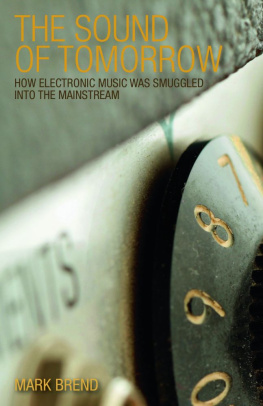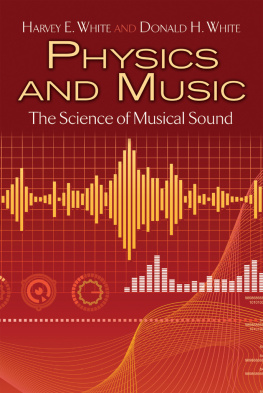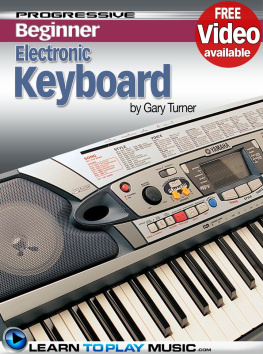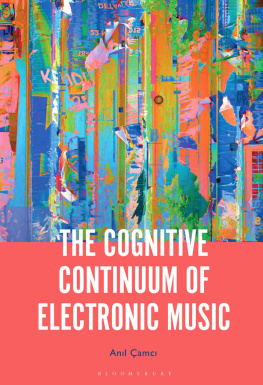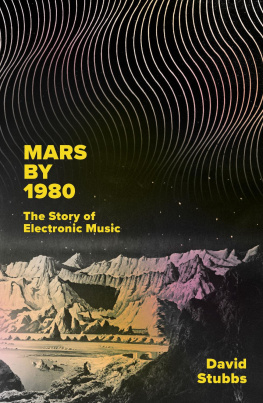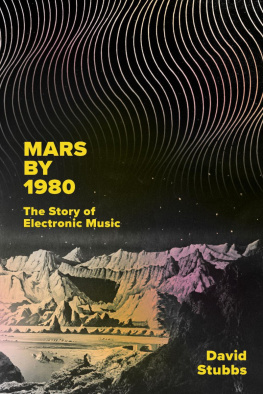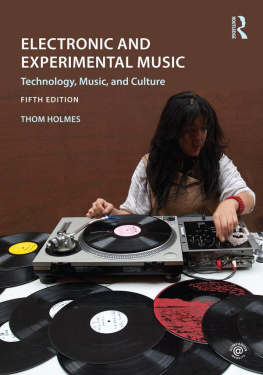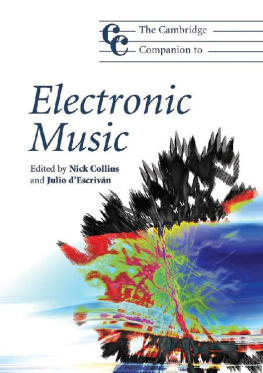Electric dreams: 190050
B e it known that I have invented a new and useful Art of and Apparatus for Distributing Music Electrically. So began an application submitted by Thaddeus Cahill to the United States Patent Office in April 1897. Cahill, born in Iowa in 1867, had graduated from the Columbian Law School in 1892 and was admitted to the bar in 1894, but his true love was electronics. Through the 1890s he worked on several schemes, producing an electric typewriter and nurturing a dream of making and distributing music electrically. The 1897 patent application was actually the second he submitted for his electric music, coming nearly two years after the first. The apparatus both applications describe would, when constructed, become known as the Telharmonium, the first publicly performing electronic musical instrument. The apparatus, Cahill said is wholly electrical and bears little, if any, real likeness to the instruments now known as ... piano-fortes and organs. It was a fair claim. Although the Telharmonium was controlled by an organ-style multiple manual keyboard, any resemblance ended there. Rather, Cahills invention realized a new concept in music, harnessing the power of electrical circuits to generate and distribute a type of musical sound that had never been heard before.
By the time Cahill submitted his patent applications, electricity was a part of life in the great urban centres of America. The first street mains were installed in New York in 1881, the same year that the worlds first public electricity supply lit the streets of Godalming, Surrey, in England. The following year September Thomas Edisons Edison Electric Company opened a generating station in Pearl Street, Lower Manhattan, and within a year had more than 500 customers. In May 1883 the Brooklyn Bridge opened, illuminated by 70 arc lamps operated by the United States Illuminating Company, one of many new traders in power springing up in New York. By 1900, there were over 30 companies generating and distributing electricity throughout the boroughs of New York City and in Westchester County.
Running parallel to the emergence of electricity as a force to power not just light, but also transport, domestic conveniences and industry, was the introduction of the telephone. The first telephone exchange opened in Hartford, Connecticut in 1877. The first exchange outside of the United States was built in London in 1879. The history of the telephone is complex and much disputed, with several inventors Antonio Meucci, Philip Reis, Elisha Gray and Alexander Graham Bell having what appear to be legitimate grounds for claiming the idea as their own. What happened is what often happens, which is that several people had similar ideas at more or less the same time. It is a phenomenon that surfaces often throughout the history of electronic music. Another is the creative use of technological advances to push forward the music. Indeed, the Telharmonium, the first major event in electronic music, the first performing electronic instrument, fused the then-novel power of electricity and the voice of the telephone.
Cahills technology started with the observation that dynamos generating alternating current create a steady pitch. He imagined a whole series of dynamos, each creating different notes, that could be switched on and off in selected orders, thus creating predetermined combinations of pitches or in other words, music. There was another aspect to Cahills prescient dream. The sounds, he found, could be transmitted down a telephone line and heard through the receiver at the other end, wherever it was. Not only would the notes be created by electrical means, but they would be broadcast down the telephone lines. This is where the commercial possibilities became apparent. If you wanted to avail yourself of this miraculous new service you would have to become a paying subscriber. Cahill planned to stream live electronic music into restaurants, theatres and private homes.
After his patent was granted in 1898, Cahill spent three years creating a prototype instrument. Then, with the support of a backer, Oscar T. Crosby, he set about raising further funds by demonstrating this to potential supporters. At the first demonstration, in Baltimore, assembled businessmen and notables gathered around large cones attached to telephone receivers and heard a fluting, whistling rendition of Handels Largo, brought to them by telephone lines from the prototype Telharmonium many miles away in Cahills Washington workshop. Crosby formed the New England Electric Music Company, raising sufficient funds to construct a more complex and much larger version of the instrument, which weighed in at 200 tons.
In 1906 the Telharmonium was dismantled, packed into crates and transported to New York City. It was installed in the Broadway building at Broadway and 39th Street, the control console at ground level, and the monstrous machinery hidden in the basement. The New York Telephone Company laid special lines throughout the city a network of underground channels to spread the machines voice while speakers were installed in the building itself. On 26 September 1906 the first Telharmonium concert took place. Immediately, it was clear that Cahill was aiming at a mass market. The Telharmonium concerts combined popular orchestral and opera selections with ragtime. This was, above all else, a commercial venture. Many up-market restaurants and hotels of the time employed small orchestras to serenade diners, made up of sometimes twenty or more well-paid musicians. To such as these, the Telharmonium was a direct challenge.
Very soon, the magic music of the Telharmonium was the talk of New York. In December that year
For public spaces several strategically placed receivers with speaker cones were used to generate sufficient volume to be heard above the chatter of diners and the clink of cutlery and glasses. Alternatively, listeners could go to the Telharmonium music room at Broadway House, decked out like a hotel lounge with chairs and potted plants, to hear the music at source. Here you could see performers seated at what looked like a massive organ console, depressing keys that gave off a faint click and the occasional blue spark, while from an artfully arranged flower display the sound itself emerged from a concealed horn. Beneath that public space, buried in the basement, was the Telharmoniums beating heart 200 hundred tons of cables and dynamos. These inner workings had to be kept apart from the performance room not only on account of their size, but also because they made as much noise as the machine room of a factory, and would have drowned out the music they were generating.
Among the visitors was an aged Mark Twain. He was bewitched, declaring that he would have to postpone his death until he had the chance to hear the new wonder again and again. Twain was a technology enthusiast, an early adopter in todays language, who had a telephone installed in 1877 when he lived in Hartford. Within days he became the first domestic Telharmonium subscriber. As 1906 drew to a close he greeted the New Year with a few friends at his home, grouped around a cone speaker attached to a telephone receiver. The assembly listened to what Twain called his electric music factory, the Telharmonium, play Auld Lang Syne. One account reported that:
the first thing he did in 1907 was to glory in the fact that he should be able to rejoice over other dead people when he died in having been the first man to have Telharmonium music turned on in his house like gas.
News of this episode crossed the Atlantic, with
In January 1907 another This echoed another report published earlier that same year, which breathlessly announced that:
in the new art of telharmony we have the latest gift of electricity to civilization, an art which, while abolishing every musical instrument, from the jews-harp to the cello, gives everybody cheaply, and everywhere, more music than they ever had before.

